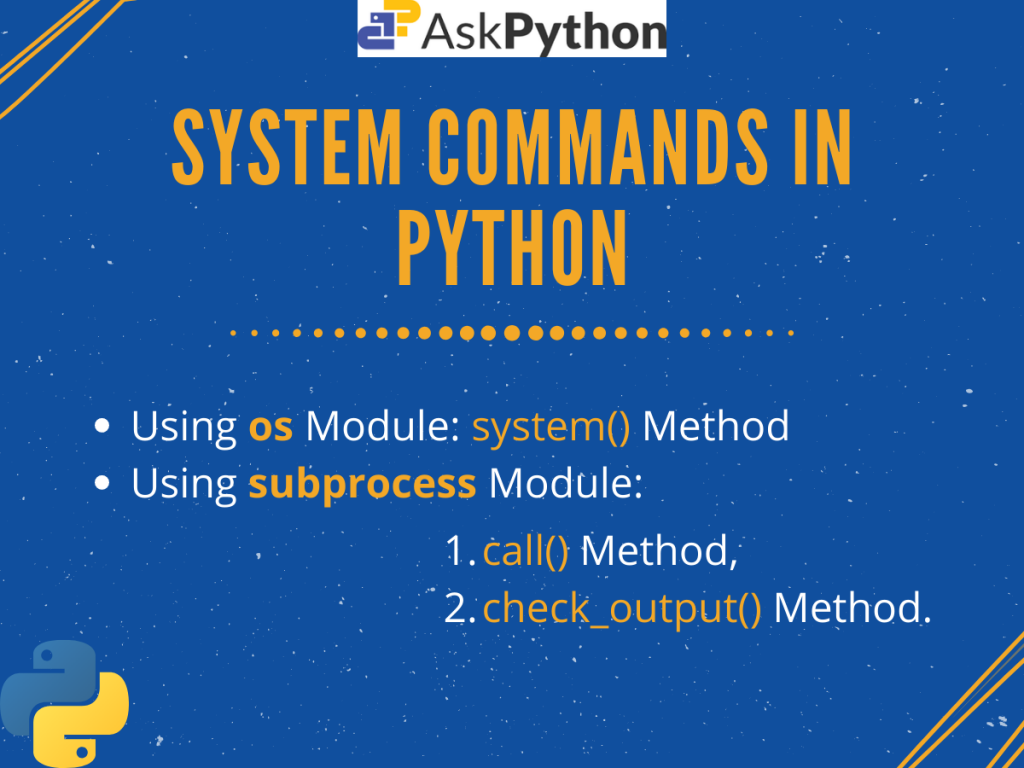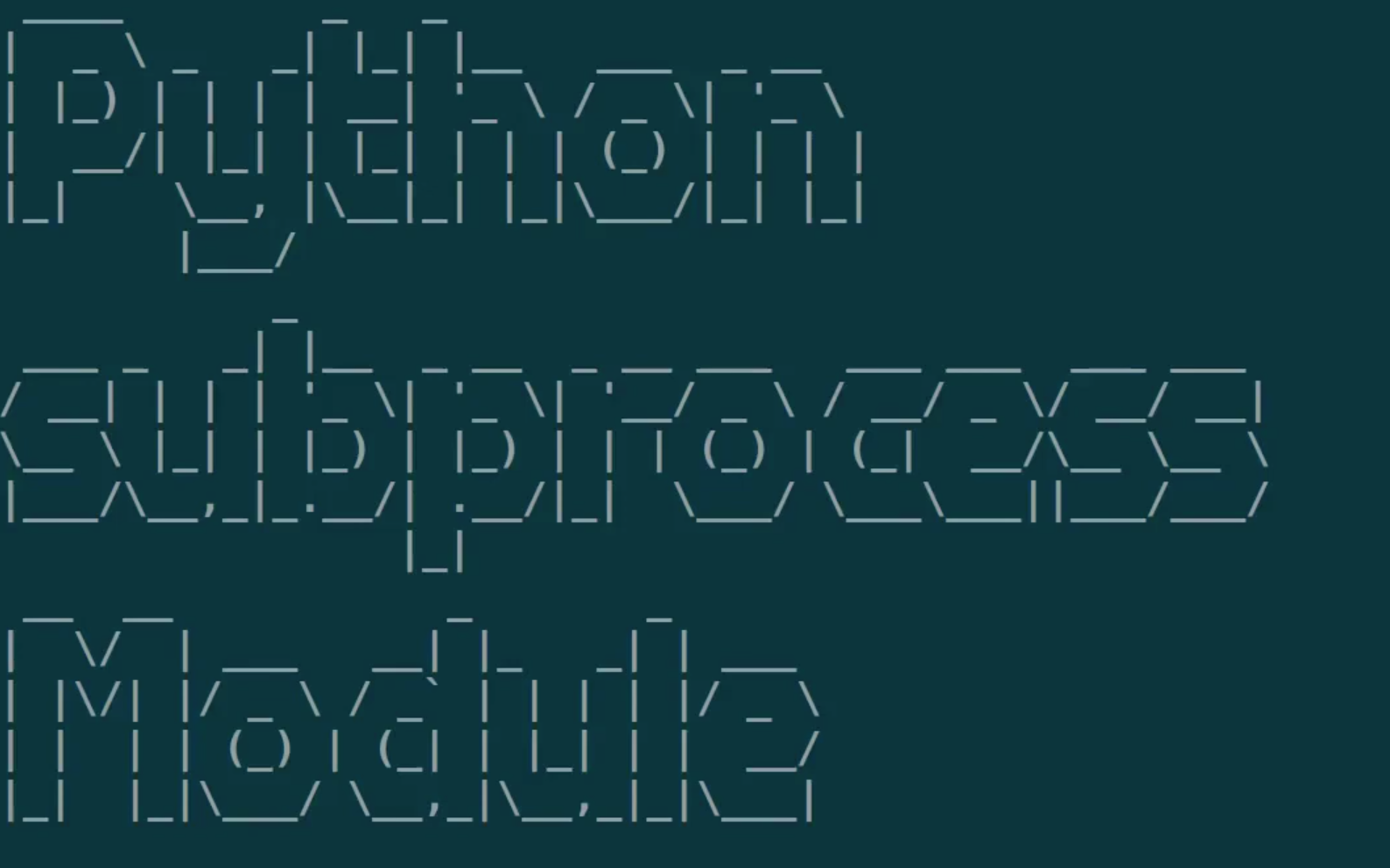

- #Get data return from python subprocess call how to#
- #Get data return from python subprocess call code#
The function returns the return code of the command.If the return code is zero, the function simply returns the output as a byte string(command executed successfully) otherwise CalledProcessError is being raised. Universal_newlines=Boolean parameter.If true files containing stdout and stderr are opened in universal newline mode. Shell=boolean parameter.If True the commands get executed through a new shell environment. Required components of subprocess.Popen stdout : Captures output of command stdout.read() : returns output as a string. Stdin=Value of standard input stream to be passed as pipe(os.pipe()). Several commands can be passed as a string by separated by “ ”. The function returns the return code of the command.If the return code is zero, the function simply returns(command executed successfully) otherwise CalledProcessError is being raised.Ģ.subprocess.check_output(args, *, stdin=None, stderr=None, shell=False, universal_newlines=False)Īrgs=The command to be executed. Shell=Boolean parameter.If True the commands get executed through a new shell environment. Stderr=Value of error obtained(if any) from standard error stream. The method is defined as: subprocess.checkoutput (args,, stdinNone, stderrNone, shellFalse, universalnewlinesFalse) Run command with arguments and return its output as a byte string. Stdout=Value of output obtained from standard output stream. Save process output (stdout) We can get the output of a program and store it in a string directly using checkoutput. Stdin=Value of standard input stream to be passed as (os.pipe()). To execute different programs using Python two functions of the subprocess module are used:ġ.subprocess.check_call(args, *, stdin=None, stdout=None, stderr=None, shell=False)Īrgs=The command to be executed.Several commands can be passed as a string by separated by “ ”. It also helps to obtain the input/output/error pipes as well as the exit codes of various commands. It accepts one or more arguments as well as the following keyword arguments (with their defaults): stdinNone, stdoutNone, stderrNone, shellFalse.

This function allows you to call another program, wait for the command to complete and then return the return code. The subprocess module present in Python(both 2.x and 3.x) is used to run new applications or programs through Python code by creating new processes. The subprocess module provides a function named call.
#Get data return from python subprocess call how to#

ISRO CS Syllabus for Scientist/Engineer Exam.ISRO CS Original Papers and Official Keys.GATE CS Original Papers and Official Keys.P = subprocess.Popen(, stdout=subprocess. sh script ( reference): $ cat main-script.py py script that can handle the output of the above. Unfortunately I don't have much experience with Python, but here is a sample. The other information that is provided by the script and is not required by the main script could be redirected to some log file: $ cat whiptail.shĬOLOR=$(whiptail -inputbox "What is your favorite Color?" 8 78 Blue -title "Example Dialog" 3>&1 1>&2 2>&3)Įcho "User selected Ok and entered $COLOR" > "$log_file"Įcho "User selected Cancel." > "$log_file" For example (where, is our delimiter and -n will suppers the newline character within echo): echo -n "$COLOR","$exitstatus" In case you need to return more data to the main script you can output everything as one line and divide the separate fields by some character that will play role of a delimiter in the main script on which base you can convert the string into an array. I think you need to use echo $COLOR instead return and suppress other echo-es. The syntax of the return command is return Įverything other with your shell script looks correct. Within sh which is actually dash on Ubuntu the builtin command return can returns only numerical values - exit statuses, which have a meaning in a context of a function or sourced script.


 0 kommentar(er)
0 kommentar(er)
